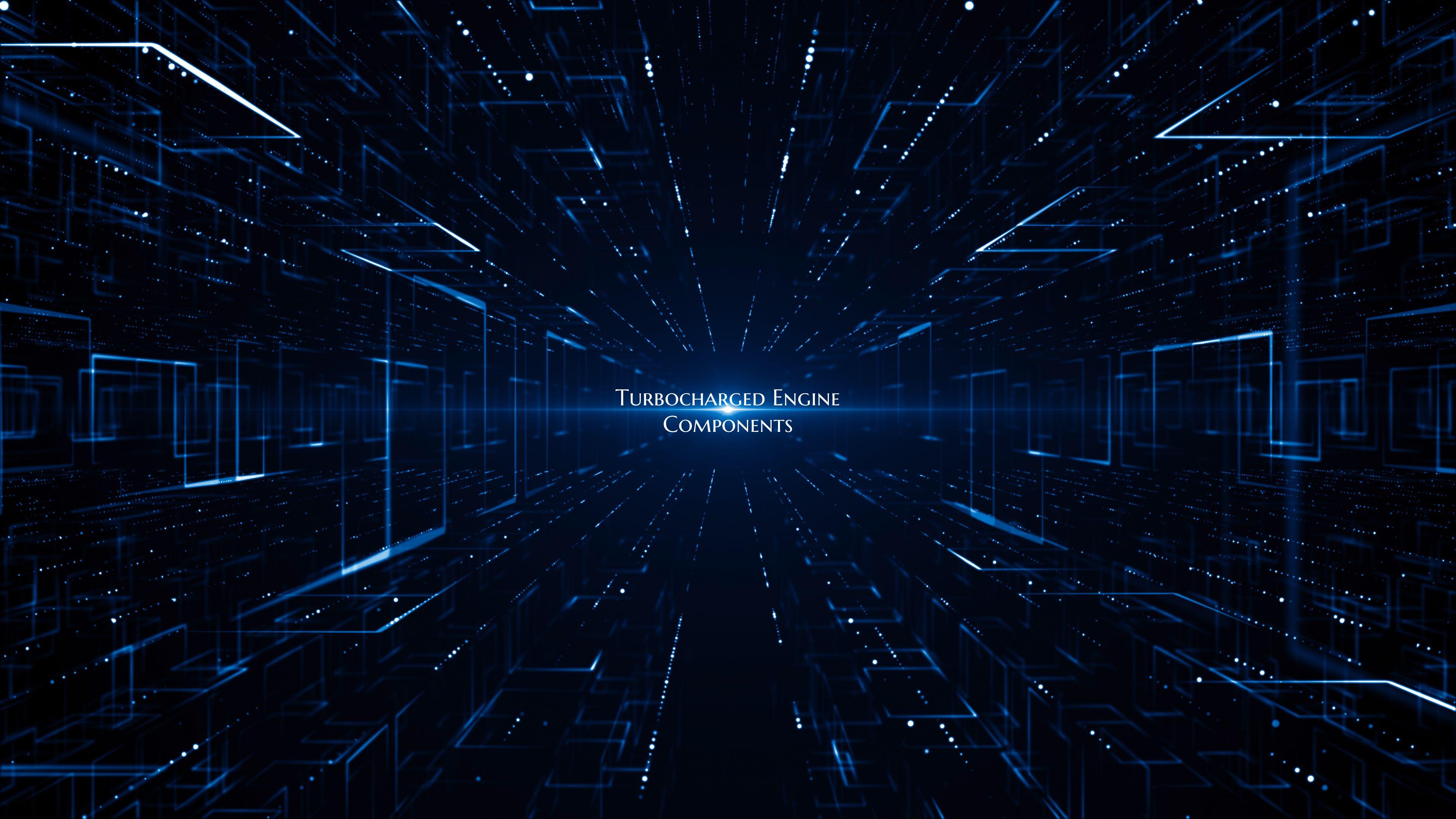Turbocharged Engine Components
Exploring the Essential Components of a Turbocharged Engine
Turbocharged engines have gained immense popularity in the automotive industry for their ability to enhance performance and increase power output. These engines work by forcing more air into the combustion chamber, allowing for a greater amount of fuel to be burnt, resulting in increased power and efficiency. The key to the functioning of a turbocharged engine lies in its components, each playing a crucial role in the overall performance. Let's delve into the essential components that make up a turbocharged engine:
1. Turbocharger: At the heart of a turbocharged engine is the turbocharger itself. This component consists of a turbine and a compressor connected by a shaft. The exhaust gases exiting the engine turn the turbine, which then drives the compressor to compress intake air and force it into the engine at higher pressure and density.
2. Intercooler: The intercooler is responsible for cooling the compressed air before it enters the engine. This cooling process increases the air's density, resulting in a higher oxygen concentration for better combustion and increased power output.
3. Wastegate: To prevent overboosting, which can lead to engine damage, the wastegate regulates the amount of exhaust gas that drives the turbine. It opens when the boost pressure reaches a predetermined level, allowing some exhaust gas to bypass the turbine and control the turbocharger's speed.
4. Blow-off Valve (BOV): When the throttle is closed, the boost pressure can spike, leading to potential damage to the turbocharger. The blow-off valve releases this excess pressure, protecting the turbocharger and ensuring its longevity.
5. Boost Control Solenoid: This component regulates the opening and closing of the wastegate, controlling the amount of boost pressure produced by the turbocharger. It works in conjunction with the engine's electronic control unit (ECU) to adjust the boost levels based on driving conditions.
6. Turbo Manifold: The turbo manifold connects the engine's exhaust ports to the turbocharger's turbine. It plays a critical role in directing the exhaust gases to drive the turbine efficiently and maximize power production.
7. Oil and Coolant Lines: Turbocharged engines require proper lubrication and cooling to function effectively. Oil lines deliver oil to the turbocharger for lubrication, while coolant lines help dissipate heat generated during the turbocharging process, maintaining optimal operating temperatures.
Understanding the intricate components of a turbocharged engine is essential for enthusiasts and mechanics alike. By ensuring each component functions correctly and interacts harmoniously, the turbocharger can deliver the desired performance enhancements while maintaining reliability and longevity.

